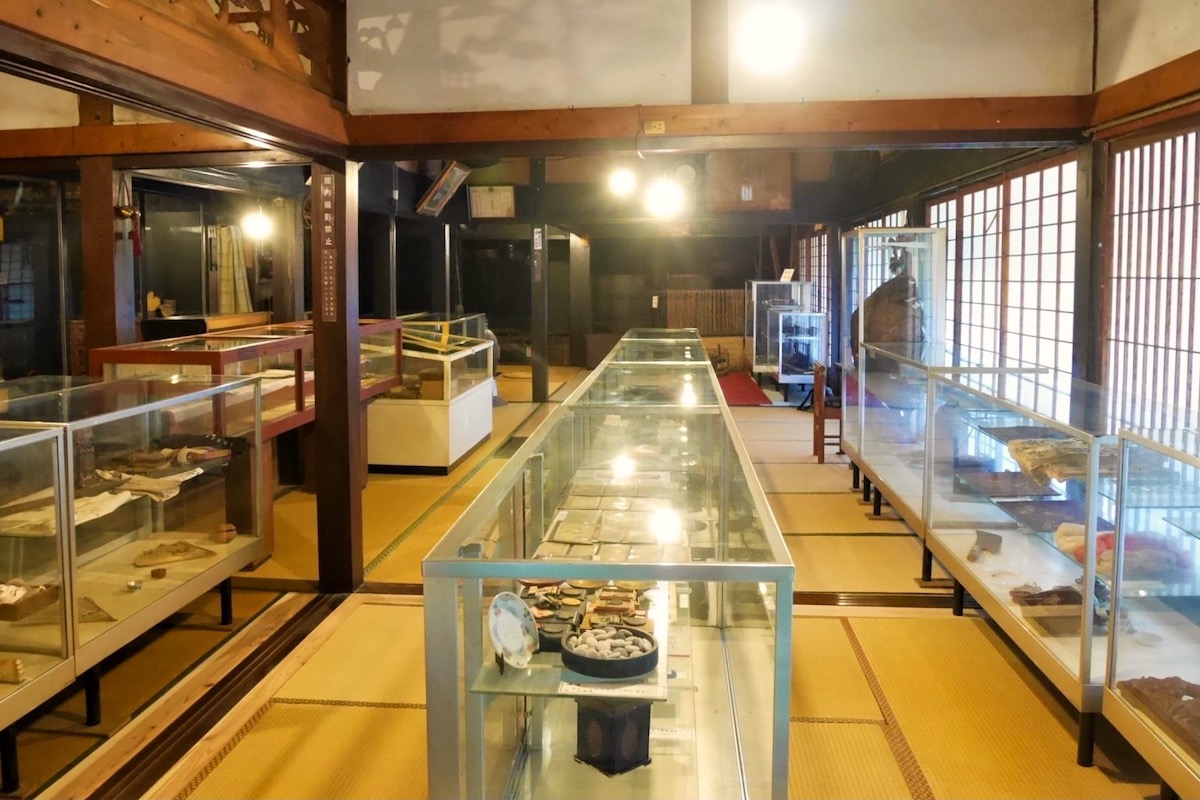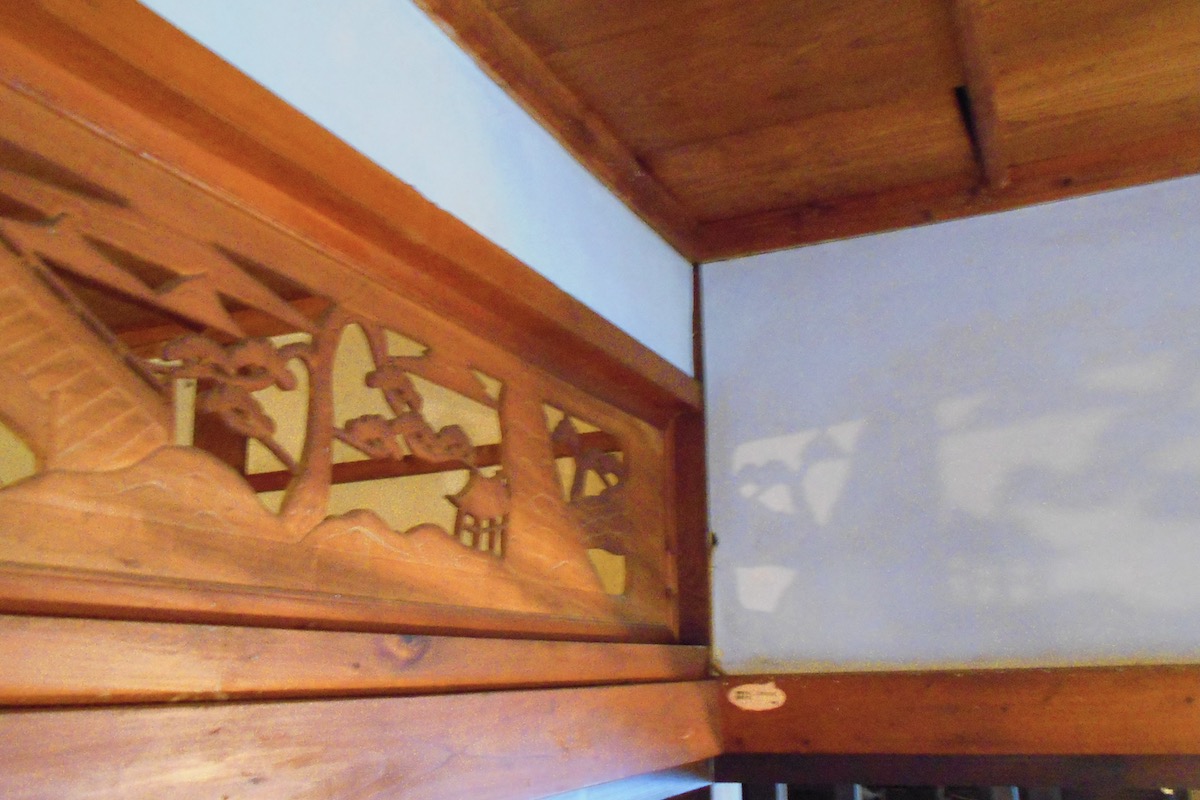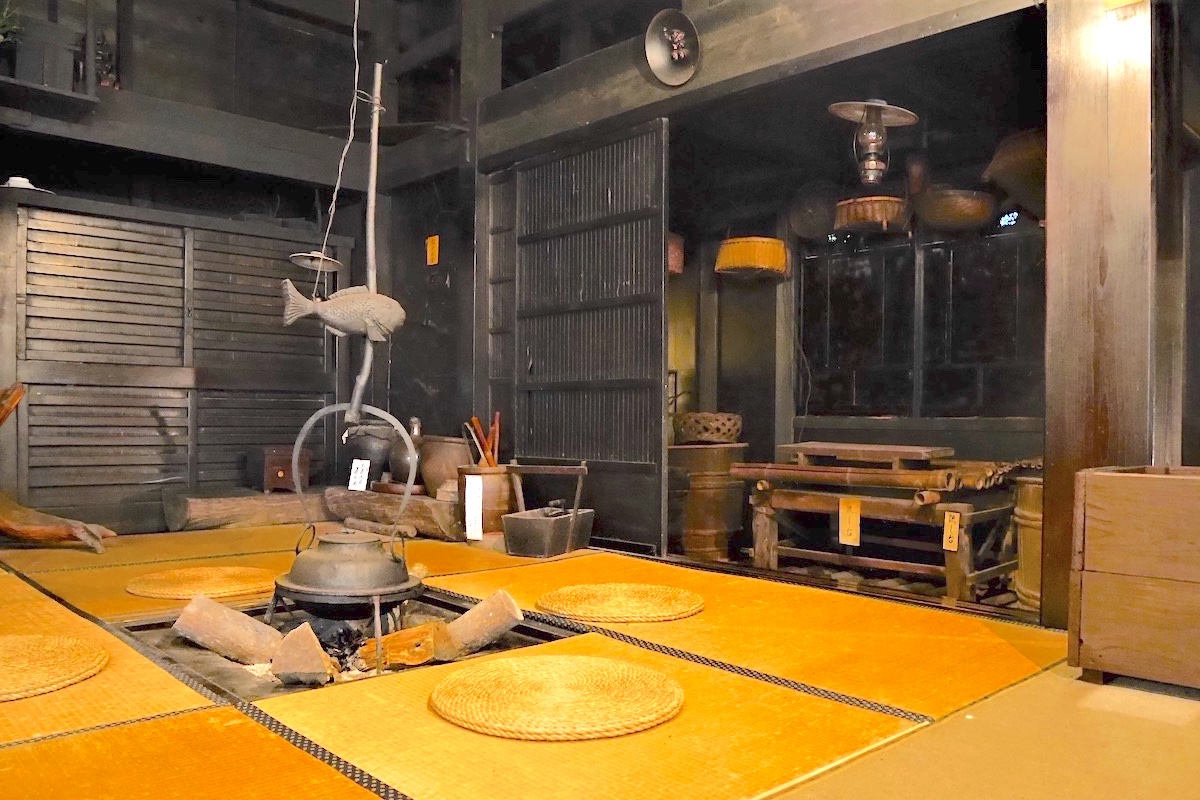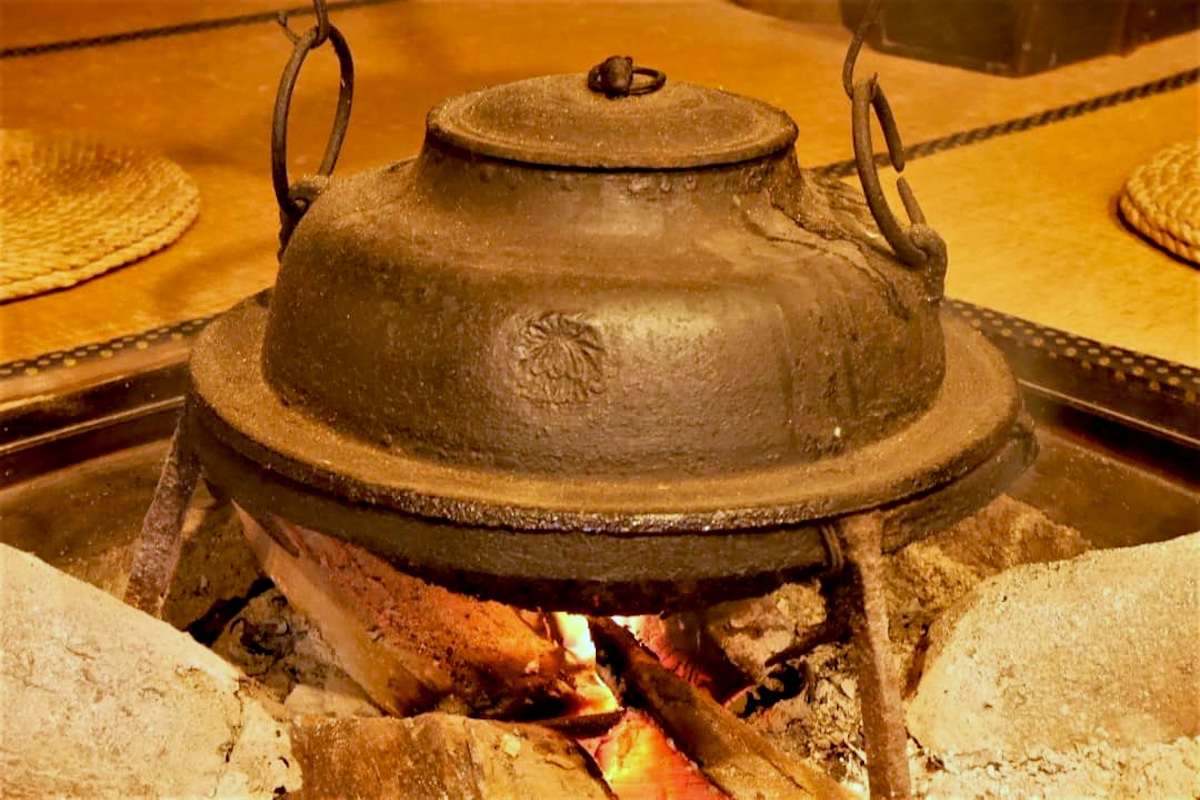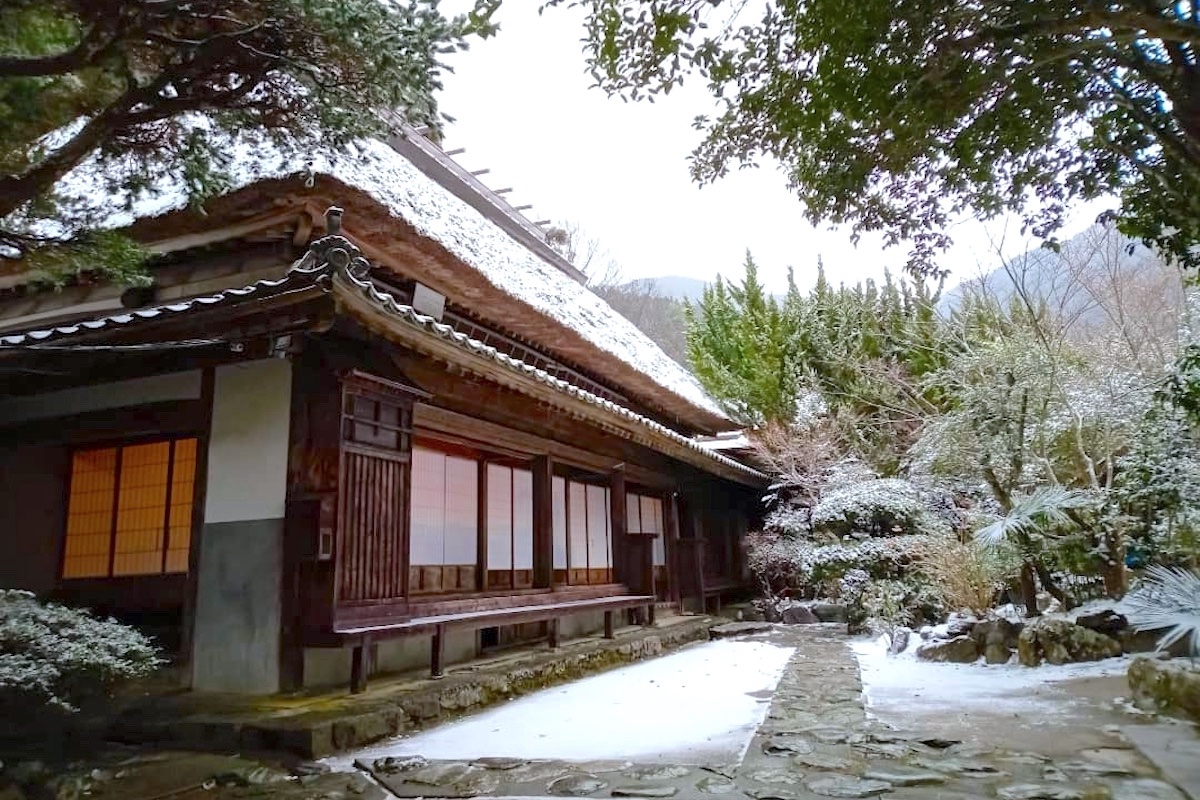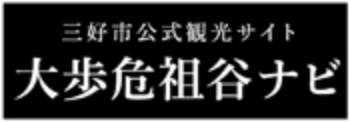Step Back in Time at the Heike Yashiki Folk Museum – Part 3
2022.03.15
The Iya Valley in Tokushima’s Miyoshi City is known for not just being a remote place, but it has long been considered a place to hide. Legends say that the defeated samurai warriors from the Heike Clan came to the valley 800 years ago in order to escape capture, and today the descendants of one of these fugitive Heike have converted their ancestral home into a dynamic museum.
Encountering Old Iya
Upon entering the main thatched roof building of the Heike Yashiki Folk Museum, the first thing that is noticed is the size.
Typically, traditional houses like this are sub-divided into smaller rooms with the use of sliding paper doors (called “shoji” and “fusuma”), but the doors here have all been removed, which in turn reveals the whole massive expanse of the building as one huge room. And usually the homes of the more lowly farmers of Iya are much smaller than this.
Several glass cases have also been installed which contain the vast collection of interesting historical artifacts that are connected to the house and its generations of residents.
Secrets in the Shadows
Within the fist section of the house, which would have been the formal living room for receiving guests, the staff pointed out a particularly unique feature.
Up above was a beautiful “ranma”, which is a carved wooden placard that is set between the upper beam and the ceiling. Rarely seen in traditional Iya homes and usually only found in the houses of the wealthy, the light on the other side was arranged in such a way so that the shadow cast on the wall displayed the carved scene of the ranma.
Scents of the Past
At the far end of the building was the traditional “irori” floor hearth. Every morning the staff re-start a slow burning fire within this timeless relic that harks back to an ancient lifestyle, filling the space within the house with the faint scent of the burning embers.
When looking up, the massive wooden beams above the irori and the underside of the thatched roof have been blackened with a thick patina of soot from years of being wrapped with the irori’s smoke.
If you would like to see the irori while it is lit and experience what old Iya life must have been like, be sure to visit in the morning before lunchtime (the fire is not maintained in the afternoon so that it is fully extinguished before the museum closes).
Legacies to Iya’s Agrarian Life and Culture
Near the irori hearth is the particularly large “imo-ana” (“potato hole”). This feature is unique to the homes of the Iya Valley area, and is a storage cellar dug into the ground under the floorboards. Also attesting to the family’s status, it was certainly one of the biggest ones I had ever seen in Iya.
On the walls around, an assortment of classic farming tools were on display, and in the glass display cases the collection of household relics was impressive. Old school books, traditional combs, hand-made sake bottles, and even a set of traditional wooden puppets. For sure, the wide range of curios here gave a rather interesting glimpse into the historic lives of the Iya people.
The Descendants of the Emperor’s Doctor
One corner of the museum was dedicated to the Nishioka family’s inherited profession of being doctors.
There were a variety of medicine bowls, tools, and archaic scales on display, as well as the multi-drawer cabinets which once contained the variety of medicinal herbs gathered from the surrounding forests. A list was also posted which detailed which plants they used to collect.
Exploring the History of Iya
The variety of items and exhibits within the Heike Yashiki Folk Museum offer a wonderful way to gain insight on the traditional lifestyle and culture of the Iya Valley, not to mention how the building itself is a fine example of a historic thatched-roof home.
The museum is open daily year-round with views that change with the seasons, and it is a must-see site for not only fans of history, but also for lovers of antiques and architecture.
The Heike Yashiki Folk Museum
Open every day all year*:
– 9am-5pm Mar-Nov
– 9am-4pm Dec-Feb
*(any sporadic closures are posted on their website)
Entrance fee 500yen (children 300yen)
For more information, check their website (in Japanese):
Or their Instagram:
https://www.instagram.com/heikeyashiki/
Or for English, check their listing on IyaTime
https://www.iyatime.com/heike-yashiki-folk-museum
(Text by: Shaun Lamzy, Photos by: Heike Yashiki Folk Museum & Shaun Lamzy)
Related Posts
-
Exploring Oboke Gorge – Part 2 | A Place for Food, Fun… and Monsters?!
The thrilling cliffs of Oboke Gorge are formed by the mighty Yoshino River as it cuts its way throug
2023.03.21
-
Exploring Oboke Gorge – Part 1 | A Natural Wonder of Miyoshi City
The mighty Yoshino River flows across much of Shikoku, and as it cuts its way through the rugged mou
2023.03.20
-
Iya Kanko Ryokan – Part 3 | Inheriting the Tastes of the Iya Valley
Just a few minute walk from the famed Kazurabashi Vine Bridge, the Iya Kanko Ryokan has been welcomi
2023.03.19
-
Iya Kanko Ryokan – Part 2 | A Family-Run Business Where Life is a Juggle
The Kazurabashi Vine Bridge is one of the most renowned sights of the Iya Valley, and just a couple
2023.03.18
-
Iya Kanko Ryokan – Part 1 | A Traditional Inn near the Kazurabashi Vine Bridge
Acclaimed as one of Japan’s Three Unusual Bridges, the Kazurabashi Vine Bridge is one of the most fa
2023.03.17
-
The Shikoku “Yukigassen” Snowball Fight – Part 2 | The Heat of the Battle in Icy Conditions
The 19th annual “Yukigassen” Snowball Fight Tournament was held recently in the deep mountains of Mi
2023.02.19










